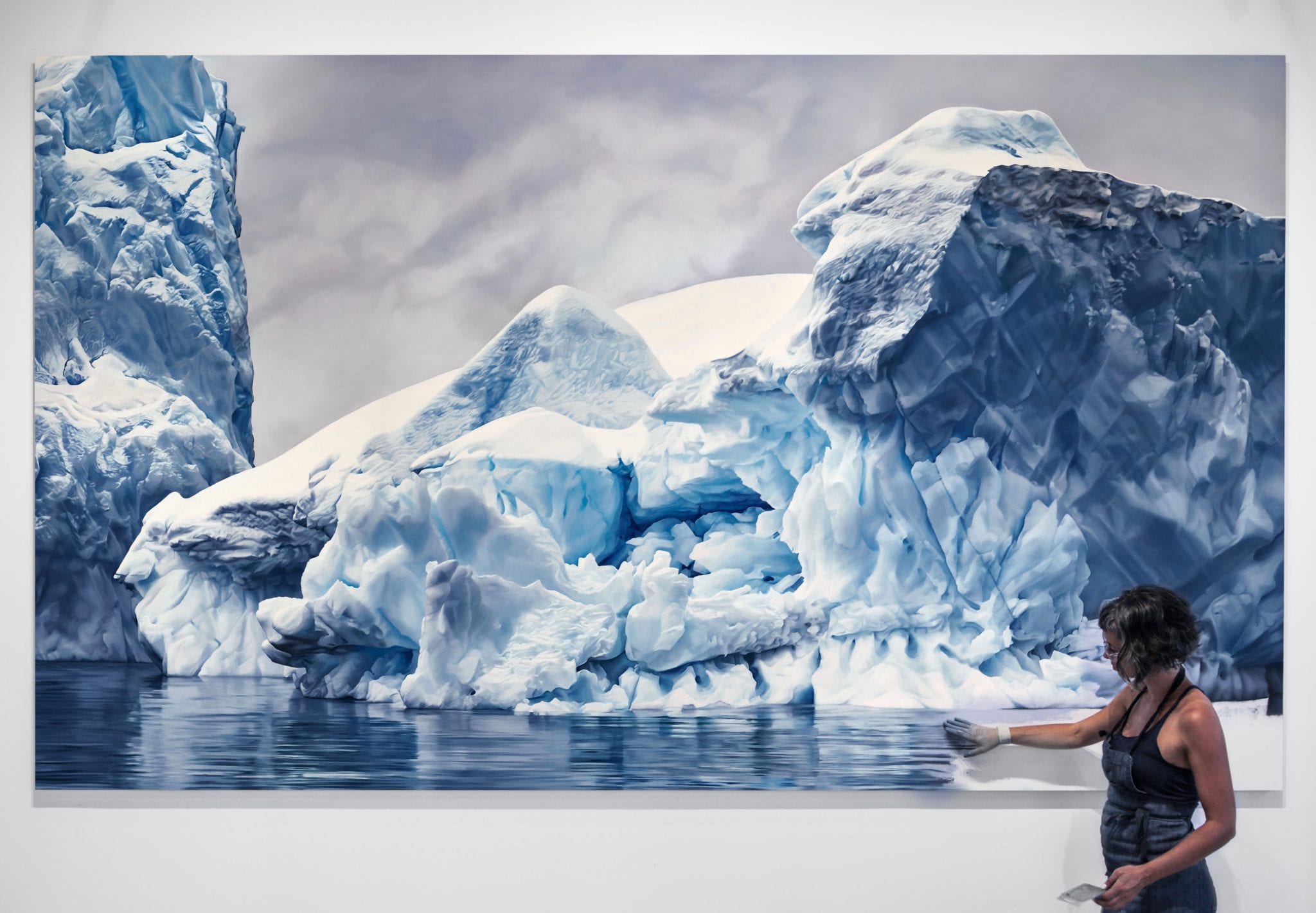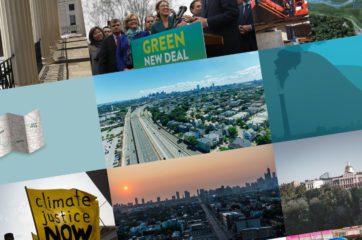by JULIA MARQUES, MARCH 27th, 2018
Climate change can be talked about in various contexts; scientific, political, financial and geographical, to name a few. But what about in artistic terms? What if the art world were to really embrace climate change and create artworks that encompassed all the complexity that it entails? Well, this has already begun. Initial cries for artistic involvement in the climate change arena were made by McKibben in his article What the warming world needs now is art, sweet art and Macfarlane in The burning question. Both these articles appeared in 2005 and, since then, the art world has indeed responded. With gusto, I might add.
The amount of work being produced is considerable and stems largely from a desire from the arts world to contribute to the action on climate change. The arts have long been acknowledged as an effective form of communication and engagement with a wider public than is attracted by science, politics or economics. It would seem logical, therefore, to involve the arts in the climate change conversation – we know that more people need to be engaged and aware, but in a more positive way. The arts can bring a more open-ended way of viewing climate change that empowers rather than inhibits. The arts can also make climate change more accessible so that people feel their opinion is valid, rather than simply listening to a perceived “expert” on the matter.
To this end, projects such as ClimateKeys have been born. ClimateKeys is an initiative that combines music, speech and a conversation about climate change. The premise is for audience members to be able to talk about climate change without it being a Q&A session with a speaker. Music is played, ideas are proposed, and then the audience is actively encouraged to participate in a conversation. The musician and speaker are not there to spout wisdom, they are there to facilitate this conversation. The idea is that any and every person on this planet is implicit in climate change and also has a part to play in its future. After all, it will be us (the human race) who will feel the greatest impacts of climate change at the end of the day.
Artistic reactions to climate change occur throughout the year, but awareness of the phenomenon is heightened during the annual COP (Conference of the Parties of the UN Framework Convention on Climate Change) meetings that occur roughly at the end of each year. Artistic responses in the past include a melting ice bear and melting ice blocks. ClimateKeys took part at last year’s COP by organising concerts around the world, which were acknowledged by the UN. Climate Change Theatre Action also organised plays with a climate change theme to be performed around the world as part of the artistic side of COP23.
This year, ClimateKeys is working with M2020 to arrange a series of concerts around the Global Climate Action Summit in San Francisco (12th-14th September) and New York Climate Week (24th-30th September). Of course, COP24 will be held in Poland on the 3rd-14th of December, and there’s sure to be an artistic response to it (beyond that of ClimateKeys).
Meanwhile, if this article has whet your appetite, there is much to see and do in the USA that is climate art-related. As well as films such as Wall-E and Interstellar, there is a wealth of what is now being dubbed “cli-fi” (climate fiction). This article in the New Yorker lists much of the “cli-fi” that is out there, including such titles as Ian McEwan’s Solar and Barbara Kingsolver’s Flight Behaviour. Massachusetts-born artist Zaria Forman is doing great work to emotionally connect people with the most rapidly changing parts of our world through her drawings, which she eloquently discusses in this TED Talk (see more of Zaria’s work here). The Storm King Art Center has a climate change art exhibition (“Indicators: Artists on Climate Change”) opening in May, and you can find out more about the art and artists taking part here. You can also send some of Hannah Rothstein’s alternative national park postcards to your state representatives to show them what these natural treasures will look like in the future if we continue with business as usual. A look at Chris Jordan’s photography might help put our rampant consumerism into perspective. Or maybe the iceberg sculptures in Boston’s Fort Point Channel (created by Gianna Stewart) will heighten our awareness of how rising temperatures are affecting parts of the planet we don’t normally think about. And if your interest has truly been piqued, then this article will help you find what is happening on the New England climate change art scene.
Through all of this, artists are adding their voice to the climate change arena, and allowing more people to speak on what climate change means to them. Art can empower people to think, speak and act to make positive change for ourselves and the planet, or simply to allow for a different way of thinking about climate change. How best do you think your voice can be heard? What would make you feel more empowered when considering climate change? Would you consider having a ClimateKeys concert in your business?
 JULIA MARQUES, PROJECT MANAGER at ClimateKeys
JULIA MARQUES, PROJECT MANAGER at ClimateKeys
Julia is a climate change dramatist based in London. She has just completed her master’s degree in Climate Change: History, Culture and Society at King’s College London. Her research explored theatre’s potential as an alternative site of meaning-making around climate change that allows people space to think about its representation in the performance space.









